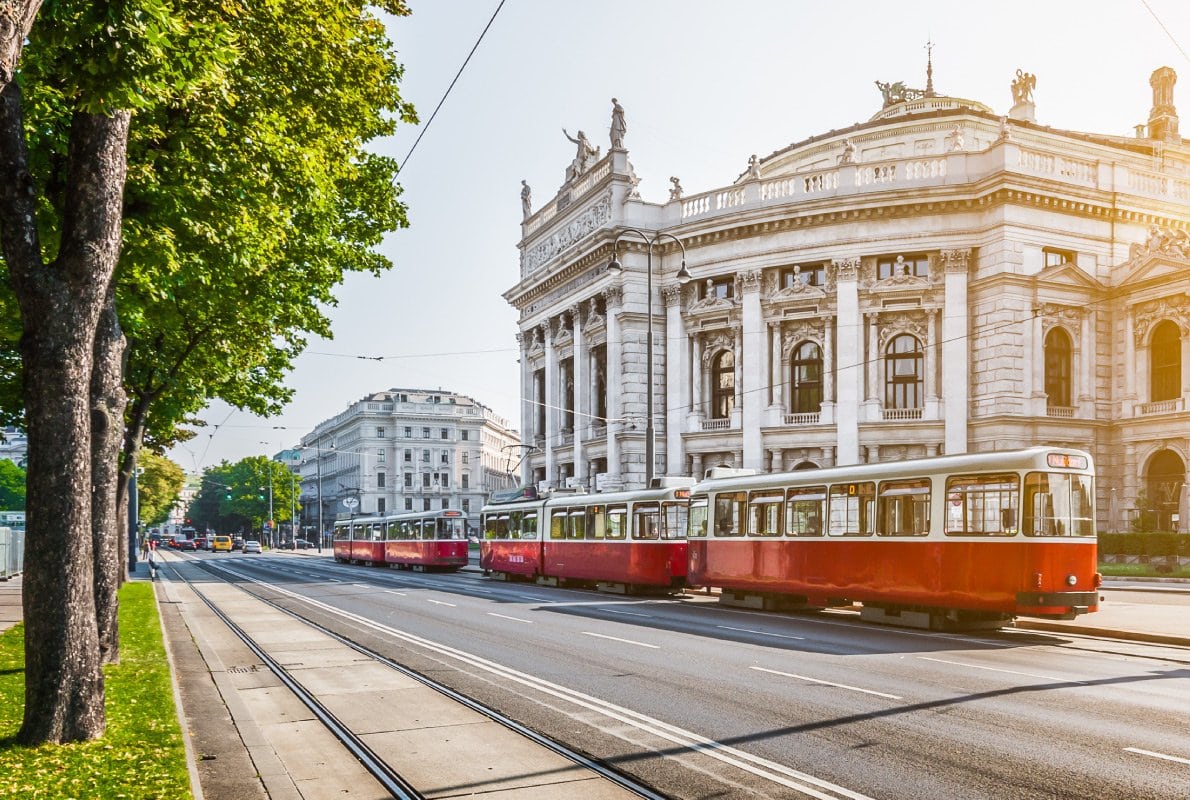At the heart of Strasbourg, France stands a 466-foot tall, 588-year-old Rayonnant Gothic cathedral that draws tourists from over the world to gaze at its intricate carvings, ornate stained glass and massive astrological clock. Among the facts visitors might glean from the church’s half-millenia history that the Strasbourg cathedral is, in fact, a sequel — that an original cathedral predated it by more than a century, and that it burned seven times.
The easiest way to get to the Strasbourg cathedral is by tram. And like the city cathedral, Strasbourg’s tramway is a sequel. Today, the Strasbourg tram system is one of the most extensive in Europe, with over 40 miles of track and six lines. A century ago, it was even larger. And 30 years ago, it didn’t exist.
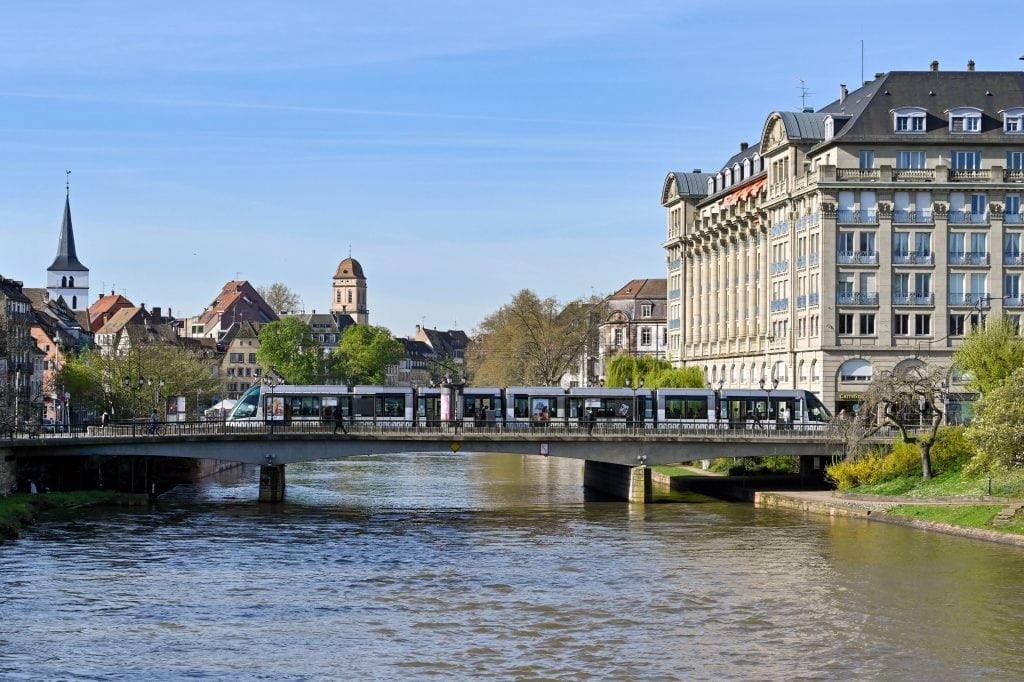
For many Americans, the word “tram” probably conjures images of novelty rides high on wires; the word “trolley,” images of turn-of-the-century horse-drawn carriages; and the word “streetcar,” Tennessee Williams. It’s easy to assume that trams, by any name, are a thing of the past, a technology driven to extinction when buses and cars arrived.
But in dozens of cities across Western Europe, trams have been making a comeback. Over the last three decades, some 25 cities in France alone have revived their once-shuttered tram systems. These 21st century tramways are decreasing congestion, reducing air pollution and reclaiming the urban landscape from cars — proving that old ideas can breathe new life into cities.
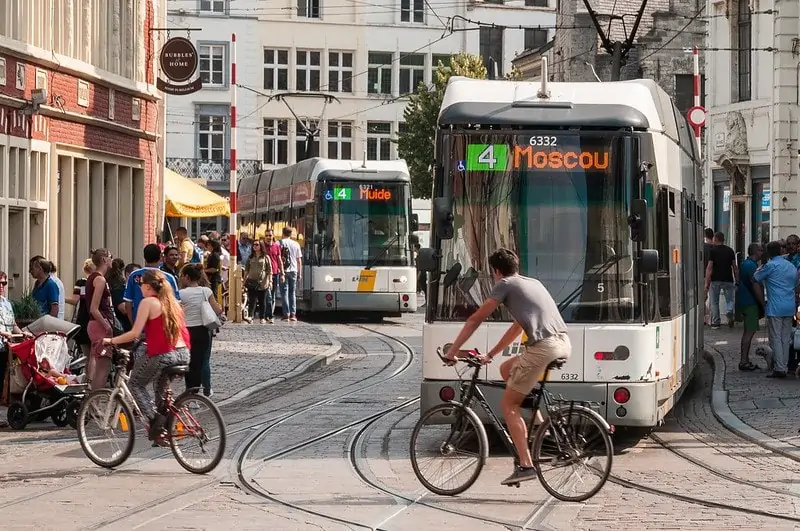
For 15-year-old Milo Calvar of Strasbourg, the tram is just another part of teenage life. “When I go shopping, or when I go to the mall with my friends, the tram is pretty useful,” says Calvar. “It’s quick, it’s clean, you can go anywhere.”
Unlike the city’s buses, trams in Strasbourg run mostly along their own rights-of-way, allowing them to bypass city-center congestion. Moreover, as Strasbourg expands its “low-emission zones” — the selective banning of polluting vehicles from central areas — the all-electric trams will only become more critical. The Strasbourg tramway has lived up to its original promise, and the model has inspired both visitors and city officials far beyond the banks of the Rhine.
Time rolls on
Such convenience first came to Strasbourg in 1877, when the city broke ground on an eight-line, horse-drawn trolley system. Twenty years later, the urban lines were electrified, replacing the horses with wires. The system would continue to grow until 1939, though with increasing competition from buses and trolleybuses, when war swept Europe. The destruction wrought by the Second World War left the European continent — and its transit systems — in disarray. Strasbourg was no exception.
In the post-war years, the city considered modernizing the tired system, with trams on major routes and trolleybuses — buses which run on overhead wires — on smaller streets. But by the time the necessary physical and financial capacity was in place, the automobile craze had come to Europe and the tramway was abandoned. The city said goodbye to its 80-year-old system on May 1, 1960, with a funeral procession on rails.
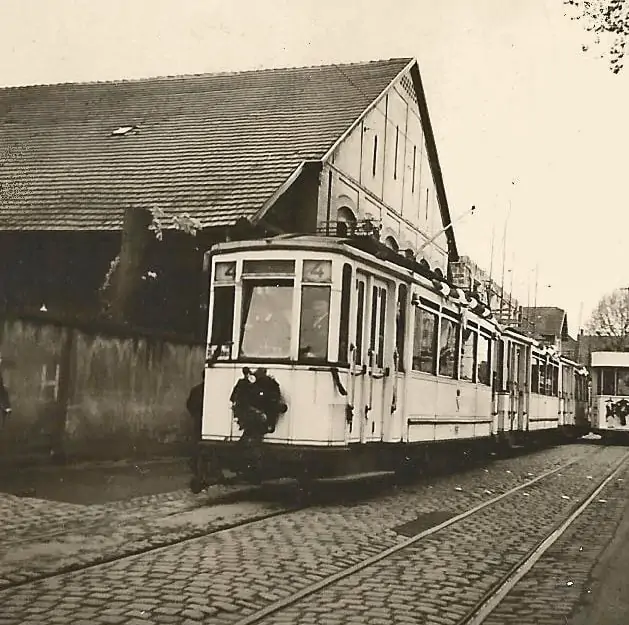
By the 1970s, when cars had all but conquered Strasbourg’s city center, longtime mayor Pierre Pfilmant had had enough. On August 5, 1973 the city established a pedestrian zone surrounding the cathedral, both to cheer and strong resistance from local business-owners and automobile devotees. “The pedestrian sector we’re currently inaugurating is only a first step in our eyes,” Pfilmant explained to reporters, marching in the pedestrian zone’s opening parade. “What we hope for is that the pedestrian can walk in total freedom without fear of being hit or grazed by a car and wander at his leisure in the wonder that is Old Strasbourg.”
It was a start, and the city soon began to search for a larger-scale solution to the congestion and pollution that cars had wrought. Though a pro-car mayor held up progress for most of the 1980s, the success of small new tramways in Nantes and Grenoble, in 1985 and 1987, respectively; the opening of Paris’ new tramway, in 1992; and the election of pro-transit socialist Catherine Trautmann to the mayor’s office in 1989 set the stage for further progress.
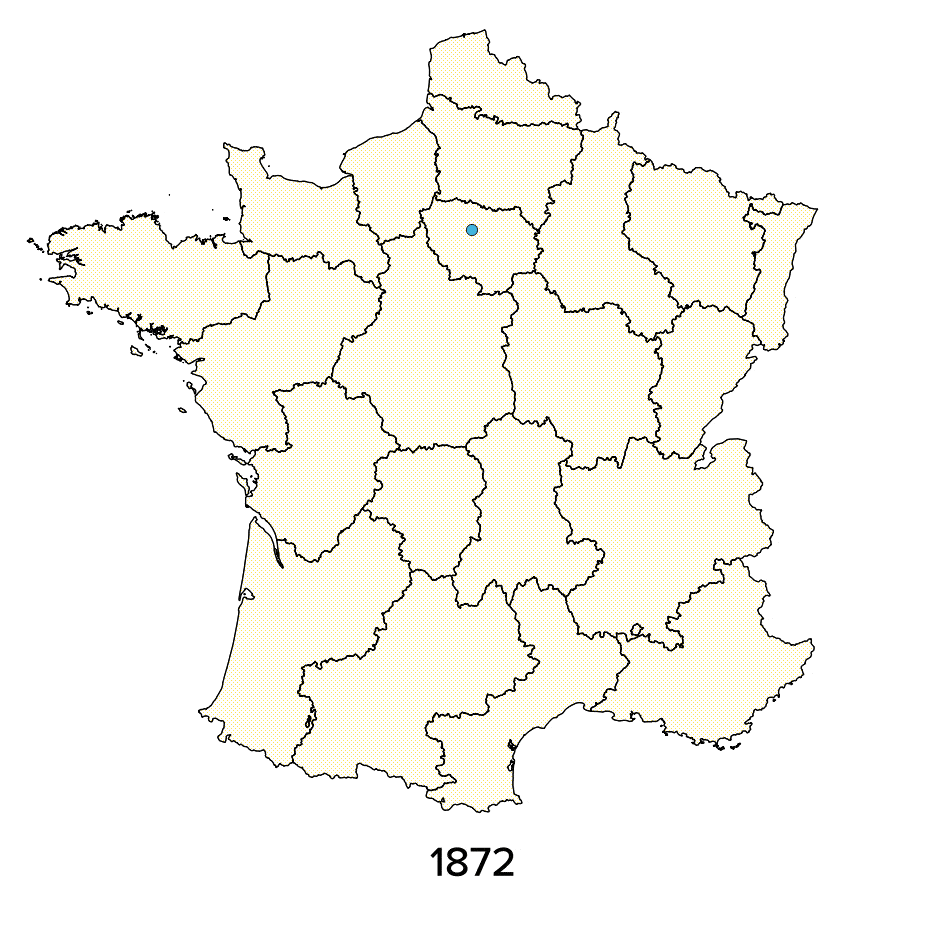
The city had a choice: build a traditional underground metro system or a street-level tramway. In a political gamble, the city chose the latter. “The general flexibility of the mode is [its] decisive [advantage], in my opinion,” says transportation planner Dejan Petkov and author of Tramway Renaissance in Western Europe: A Socio-Technical Analysis. “Trams are compatible with different environments — in confined street spaces, pedestrian areas, and in mixed traffic, but also underground, on their own rights of way, in urban, suburban and rural areas.”
In Strasbourg, that flexibility — and lower constructions costs — meant a denser, more expansive street-level network than possible with an underground metro. And though the plan to fundamentally reshape the city’s streetscape came with political risk, the risk paid off.
On November 26, 1994, the modern system debuted with its first route: the “A” line. In 1995, Trautmann handily won reelection. Mayors across France took note. “Thereafter, in France, tramway inaugurations were explicitly considered as a promise for municipal electoral victories,” Petkov writes.
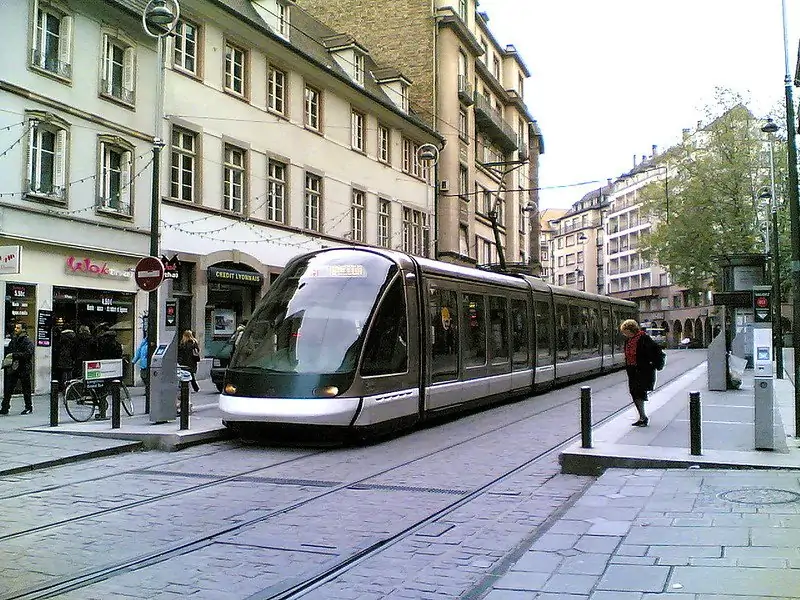
The renaissance only grew from there, both in Strasbourg and beyond. When the Strasbourg tramway opened in 1994, it was one of four modern systems in France. Today, it is one of 29, with two more slated for construction. Strasbourg itself added another line in 1998, two more in 2000, another in 2007, and another in 2010. In 2017, the system even went international, expanding across the Rhine to Kelh, Germany.
In 2019, the tramway logged some 127 million trips, totaling nearly four million passenger-miles traveled, and over 220 annual trips per city-area resident. Ridership has proven resilient, too. In 2020, amid the onset Covid-19 pandemic, the trams maintained 70 percent of its pre-pandemic ridership — with service even expanding in order to accommodate healthcare workers’ schedules. The Paris metro, by contrast, lost 50% of its ridership, and the New York City subway lost 62 percent of its riders.
Crushed by negative news?
Sign up for the Reasons to be Cheerful newsletter.To be sure, trams are not urban panaceas. Over the last two decades, streetcars have experienced a similar — albeit much smaller — renaissance in many U.S. cities, with mixed results. This May, Tempe, Arizona unveiled a brand new, fare-free streetcar service at a total cost of some $200 million. Located in a city of over 180,000 residents (and a metropolitan area, Phoenix, of nearly five million) the streetcar averaged just 767 weekday riders in its first month.
Why is Tempe’s system struggling? According to Petkov’s research, even excellent transit may fail to gain traction if private vehicles remain the more convenient mode to use. “The optimal operation of tram services comes often at the expense of other traffic modes, especially cars,” Petkov explains. “Decisions in favor of public transport are not consistently made to the necessary extent.”
Even Strasbourg’s has its challenges. “The system generates complex integration and operating constraints — single tracks, tramway platforms shared with traffic, management of pedestrian crossings,” explained city transportation officials in an email to Reasons to be Cheerful. “The trams are part of an existing urban fabric, sometimes very constrained.”
Beyond the complex engineering questions of pedestrian management, platforms, and tracks, the makeup of that urban fabric remains perhaps the most significant determinant of a tramway’s success or failure.
However, our urban landscapes, as the story of Strasbourg illustrates, are not unchangeable. With enough effort — and maybe a few a trams — urban landscapes can be reshaped piece by piece, track by track.






